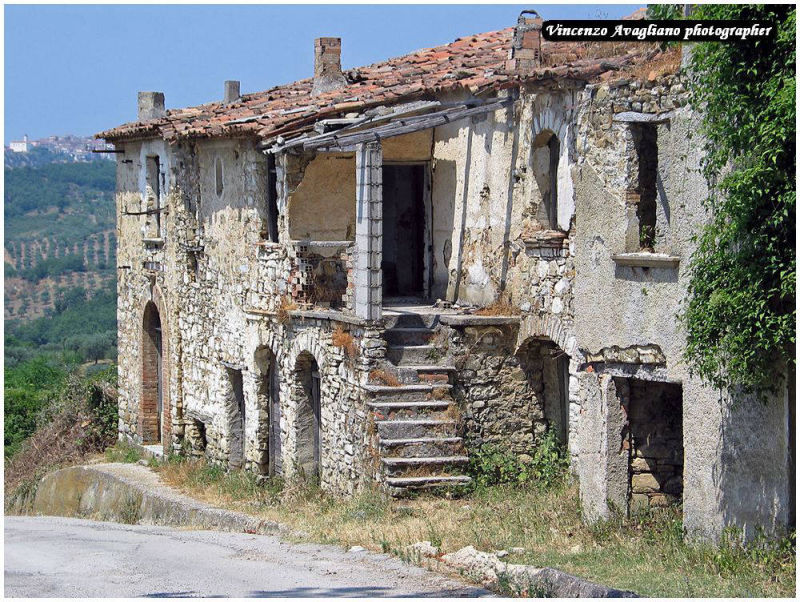
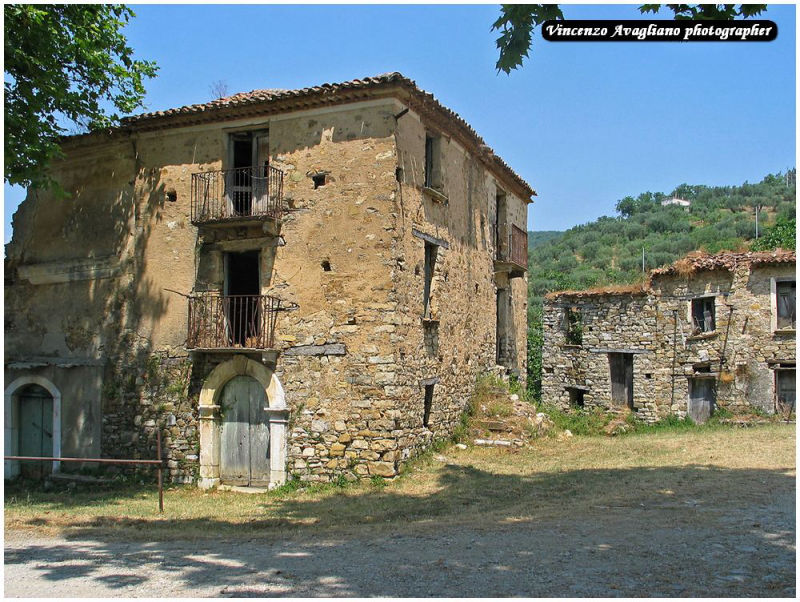
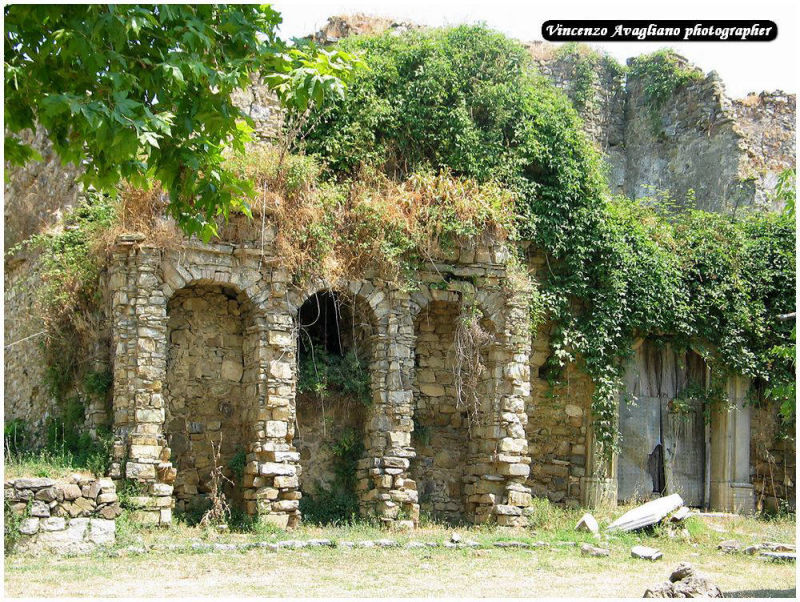
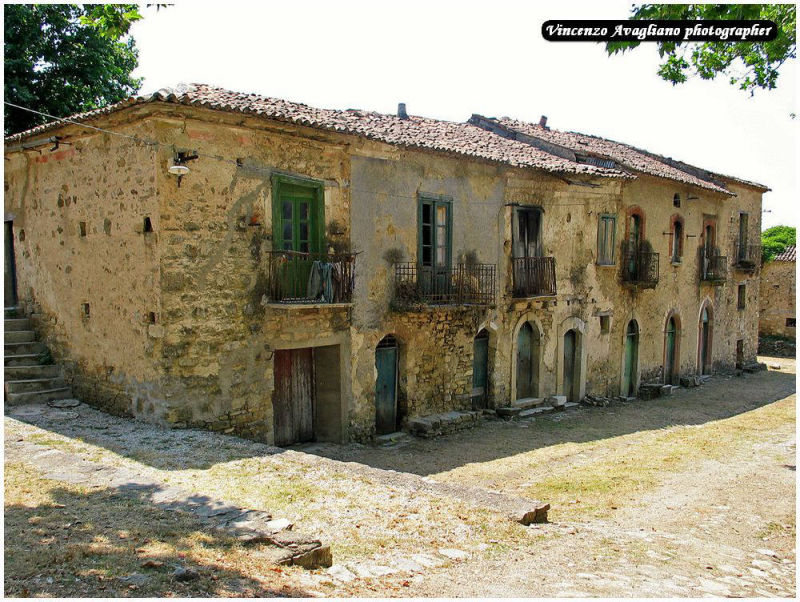
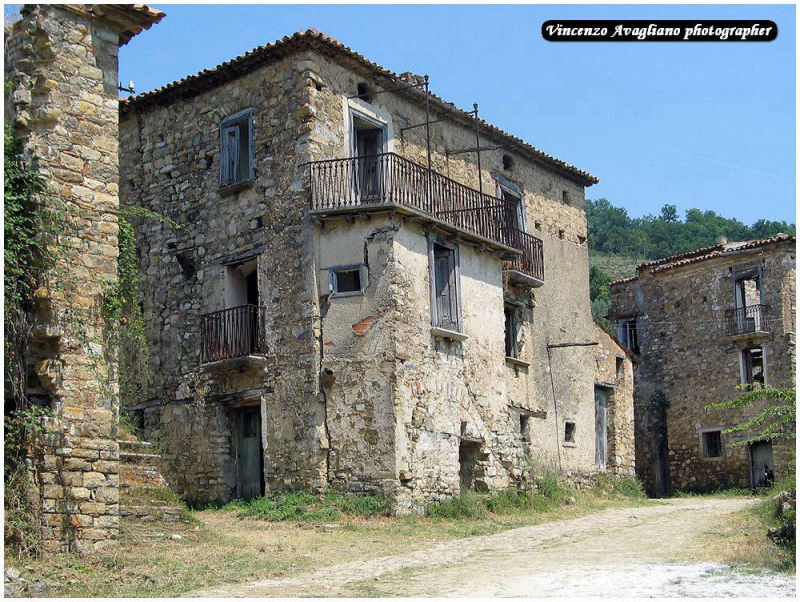
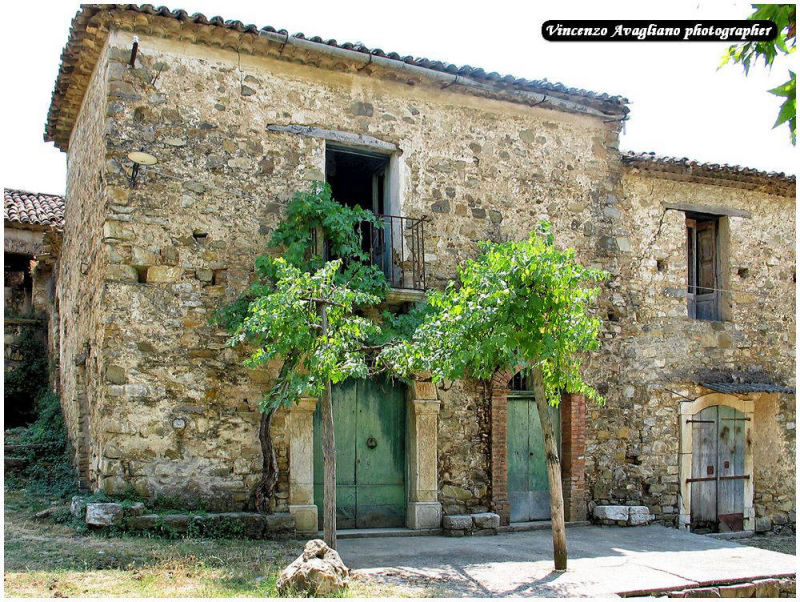
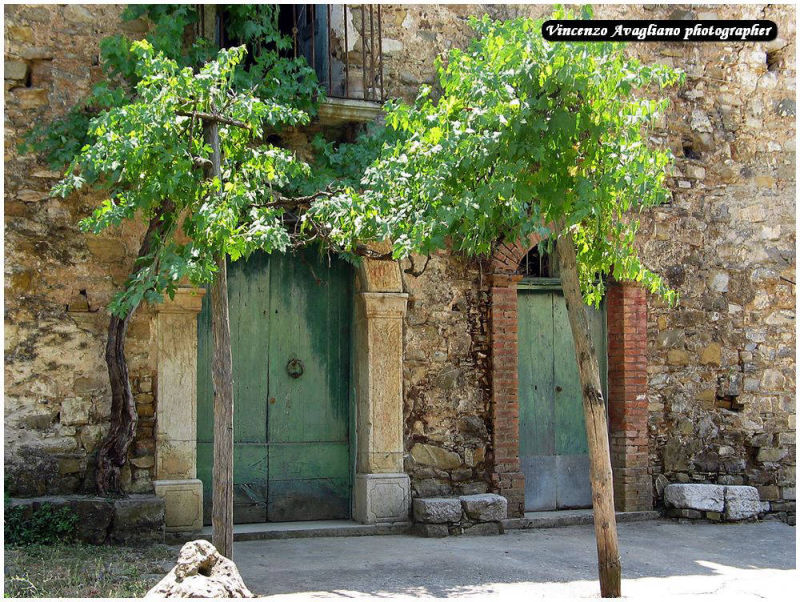
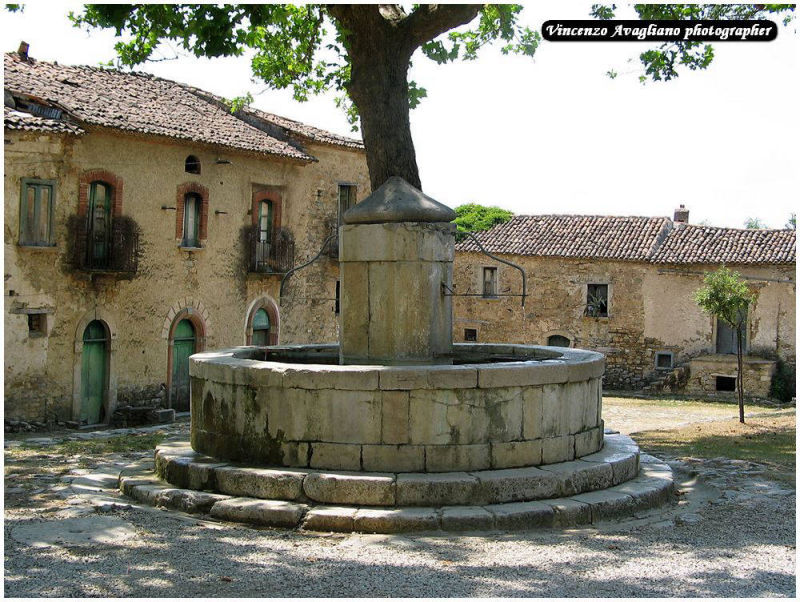
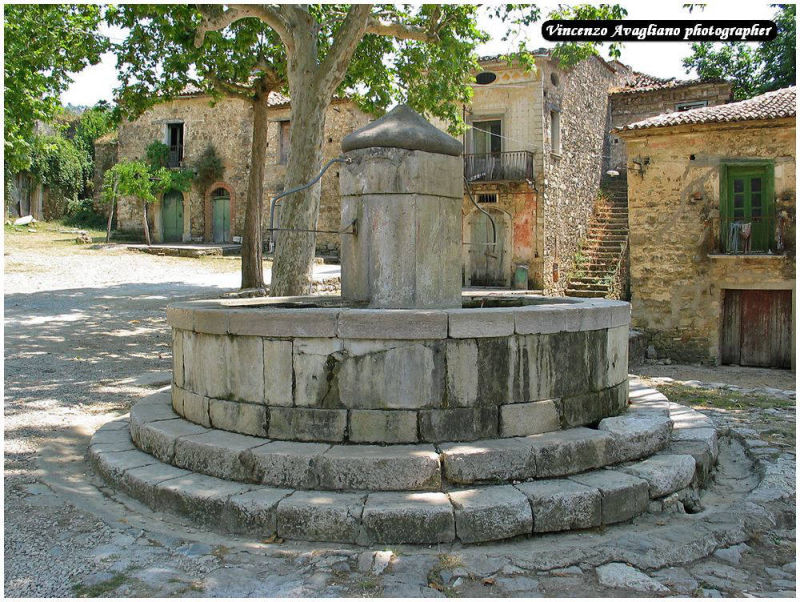
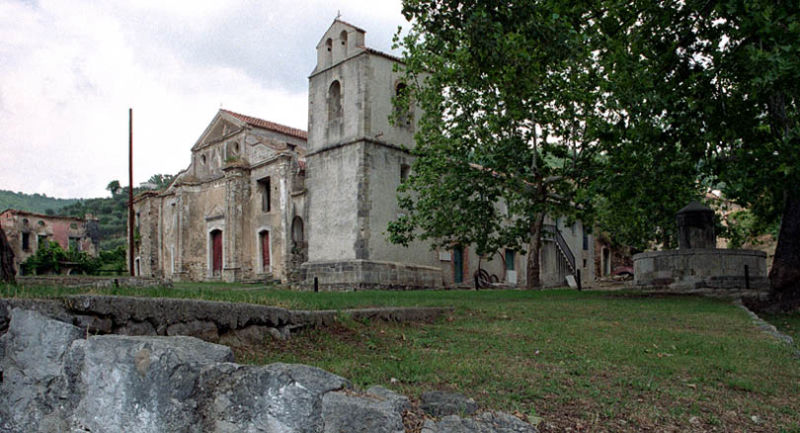
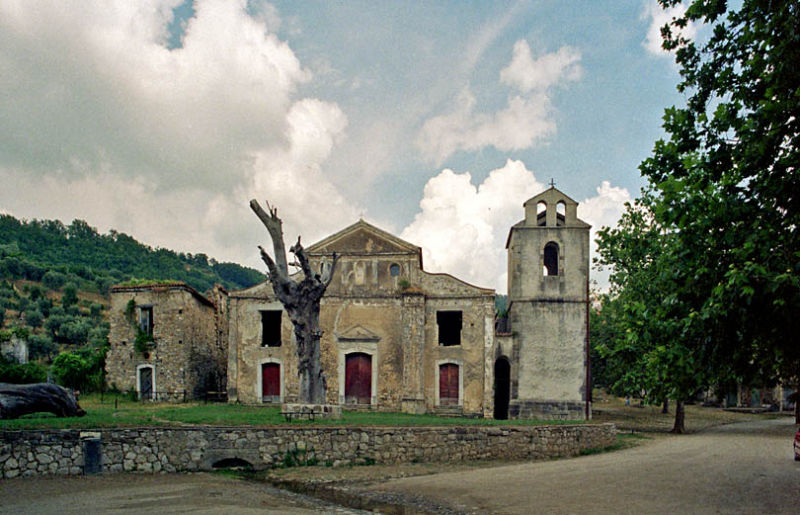
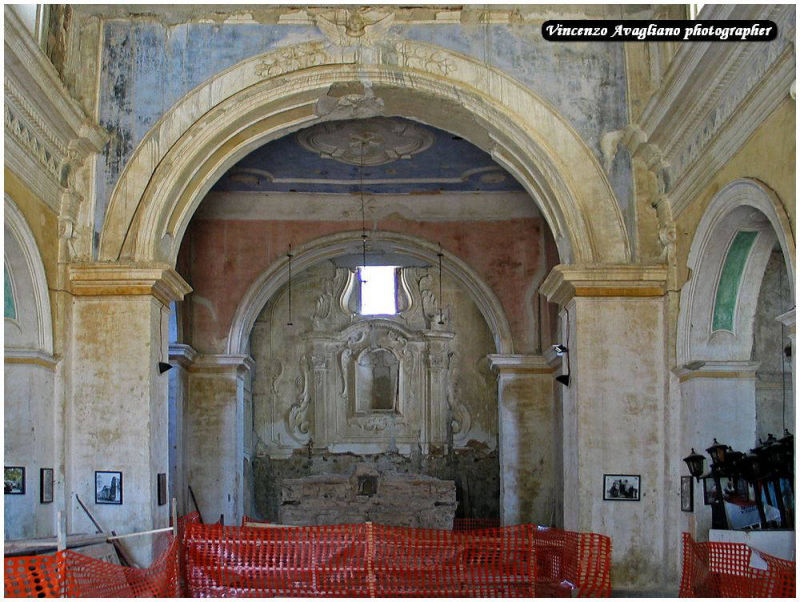
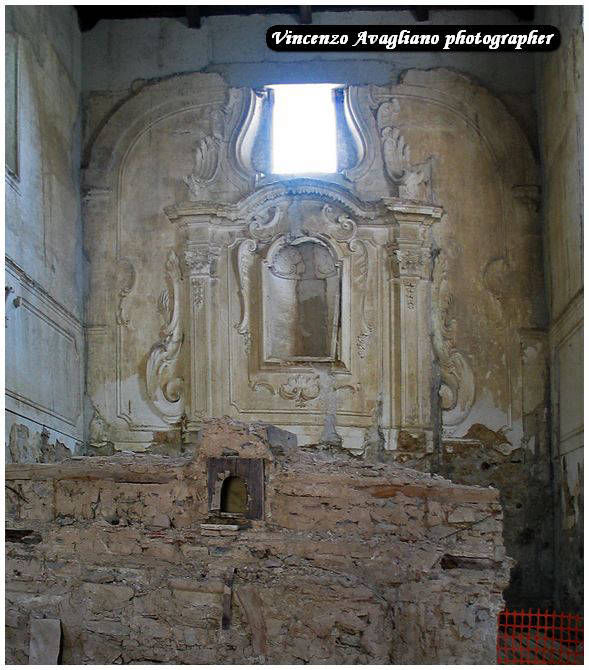
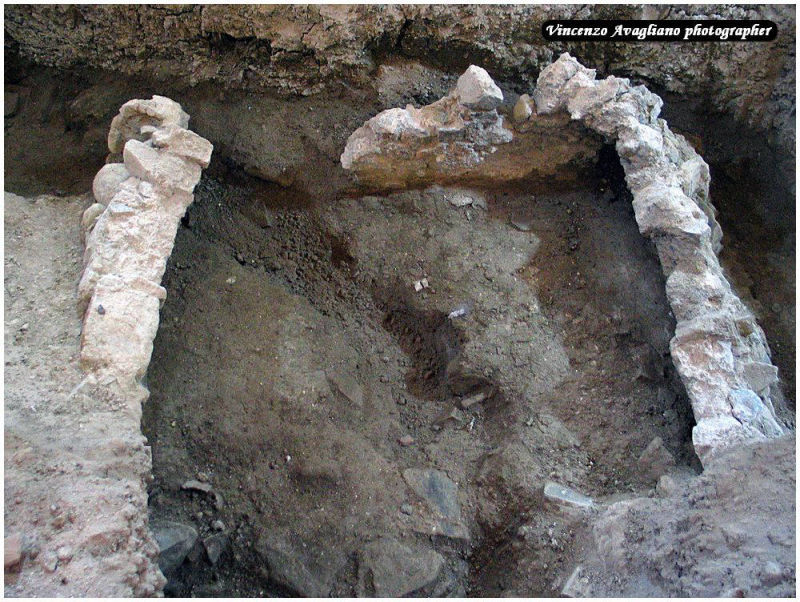
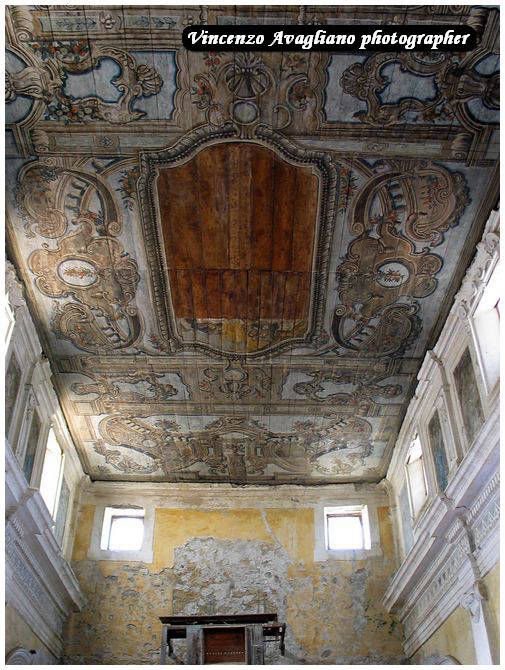
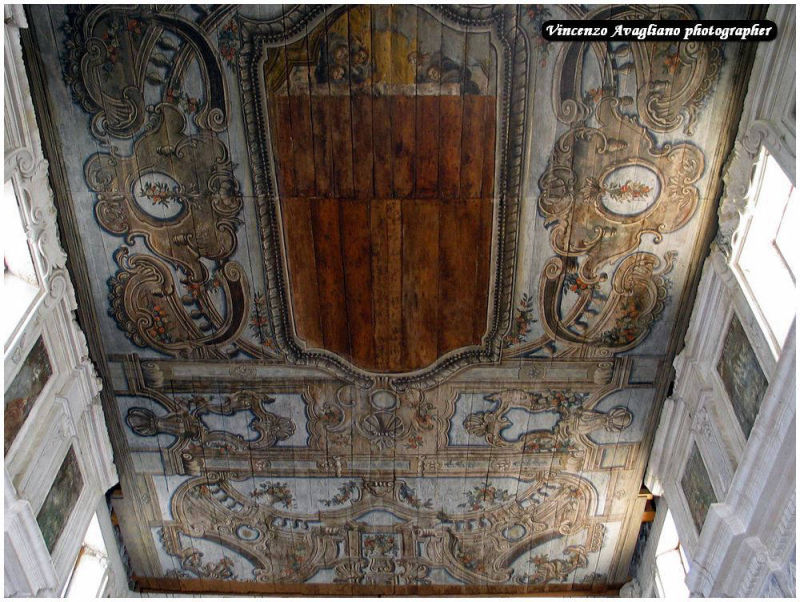
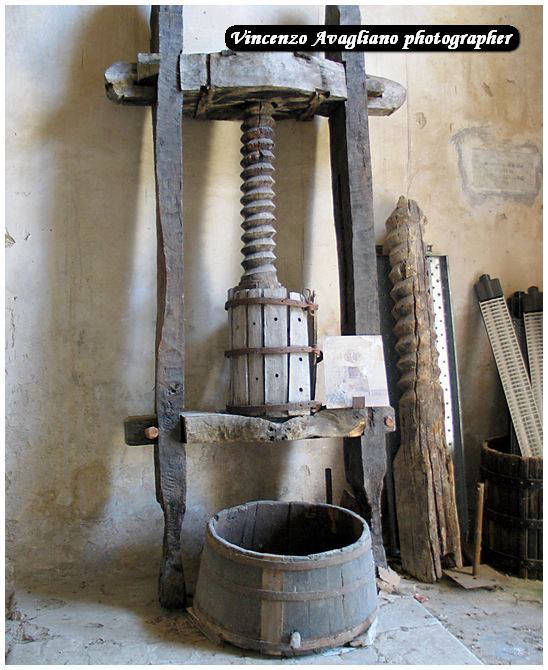
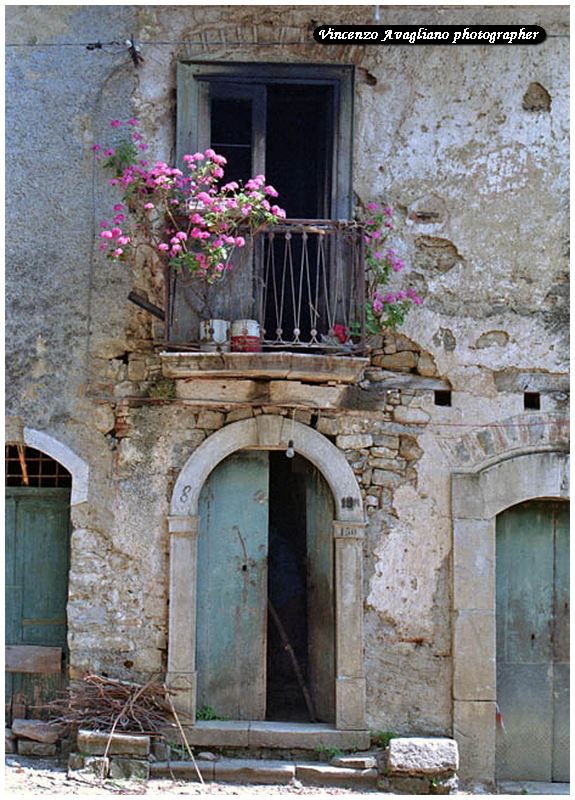
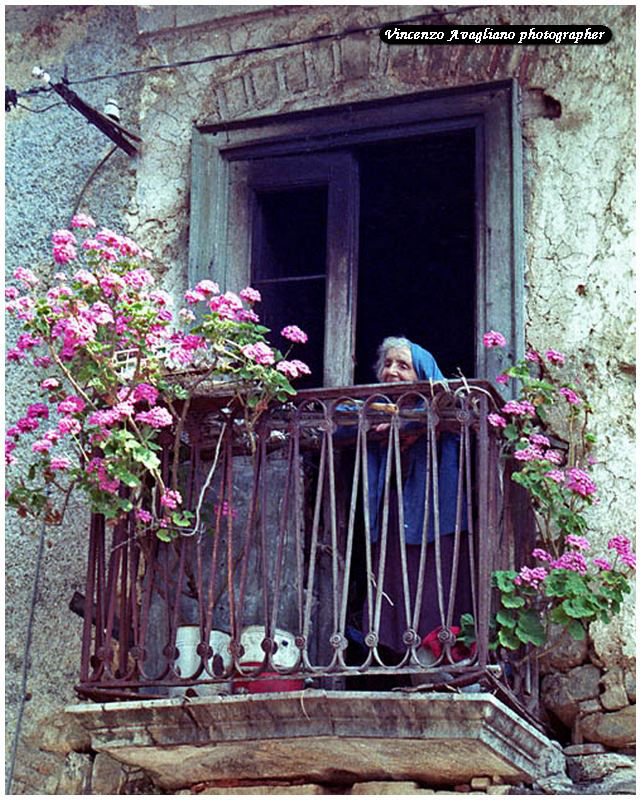
Roscigno Vecchia è situato a 574 msl. nella zona dei Monti Alburni e del fiume Calore. A causa della natura idrogeologica, costituita per di più da terreno argilloso, Roscigno fu definito "paese che cammina". Abbandonato agli inizi del 1902 ed il 1908 per motivi di instabilità geologica, ma in realtà il vecchio abitato non si smosse e tutt'ora è ancora nello stesso posto. Le abitazioni sono in parte crollate (non dovuto alla frana) ma per abbandono e mancata manutanzione. Questo paese restituisce agli occhi del visitatore d'oggi un'atmosfera quasi irreale, e conserva i suoi antichi valori storico-ambientali . Il nome del paese deriva da " Russino" che compare in alcuni scritti del 1086 (custoditi presso l'Abbazia della Santissima Trinità di Cava de' Tirreni) quando il signore di Corneto (Corleto Monforte) donò la chiesa di S. Venere all'abbazia di Cava. Al centro di piazza G. Nicotera si può vedere la maestosa chiesa madre dedicata a San Nicola di Bari, settecentesca, ed un pò più in là l’antica fontana, simbolo del centro storico, e “Casa Dorina”. Il borgo non è stato intaccato dalla modernità, conservando i tratti urbanistici ed architettonici di un centro agro-pastorale sette-ottocentesco. Per tutti questi ed altri motivi, nel 1998 Roscigno Vecchia è stata inserita nella lista dei siti patrimonio Unesco.
Roscigno Vecchia is located at 574 m above sea level. in the area of the Alburni Mountains and the Calore river. Due to its hydrogeological nature, which is also made up of clayey soil, Roscigno was defined as a "walking town". Abandoned at the beginning of 1902 and 1908 for reasons of geological instability, but in reality the old town did not move and is still in the same place today. The houses partially collapsed (not due to the landslide) but due to abandonment and lack of maintenance. This town gives back to the eyes of today's visitor an almost unreal atmosphere, and preserves its ancient historical-environmental values. The name of the town derives from "Rusino" which appears in some writings from 1086 (kept at the Abbey of the Santissima Trinità of Cava de' Tirreni) when the lord of Corneto (Corleto Monforte) donated the church of S. Venere to the abbey of Cava. In the center of Piazza G. Nicotera you can see the majestic eighteenth-century mother church dedicated to San Nicola di Bari, and a little further on the ancient fountain, symbol of the historic centre, and "Casa Dorina". The village has not been affected by modernity, preserving the urban and architectural features of an eighteenth-nineteenth century agro-pastoral centre. For all these and other reasons, in 1998 Roscigno Vecchia was included in the list of UNESCO heritage sites.
. Vedi MAPPA - See MAP
A tribute is due to the memory of Dorina Teodora Lorenzo, born in Roscigno Vecchia in 1915, second child of six children, she was a woman who did not want to leave her home and the places where she grew up, and was the last inhabitant of the abandoned village . Three peasants continued to resist in their old houses, without electricity, running water or a sewage system. They were Luigi, Grazia and Teodora, better known as Dorina. Dorina, a former nun, lived alone in the village until she was 85 years old. Dorina, the true and last inhabitant of Roscigno Vecchia was (symbol of historical memory and past traditions) the guardian of a ghost town. "Roscigno" a town that Onorato Volzone, a journalist for Il Mattino in 1982 defined as "The Pompeii of the 1900s". Dorina studied with the nuns of Vallo della Lucania, she became a nun, but her temperament made her leave the monastic habit and she returned to her country which she never abandoned. She died on October 12, 2000. Dorina lived from the mid-1950s to the beginning of the 2000s, born Teodora Lorenzi, she was the last inhabitants of the village. The main character " Estella ", the last inhabitant of Alento in the novel " Cade la terra " by Carmen Pellegrino, is inspired by her. Three peasants continued to resist in their old houses, without electricity, running water or a sewage system. They were Luigi, Grazia and Teodora, better known as Dorina. The former nun lived alone in the village until she was 85 years old.
Unfortunately I believe that there are no projects for the recovery and revaluation of the history but also of the buildings which, due to neglect and abandonment, are slowly collapsing. Unfortunately the administrations are guilty of inaction and have made the village unattractive to Italian and foreign holidaymakers who love this type of tourism. Perhaps as the writer Carmen Pellegrino says, in her book "Cade la Terra" inspired by Roscigno Vecchia and Dorina who inspired the character "Estella", protagonist of the novel and last inhabitant of Alento, "here the magnificence is in the dust". And dust it is.Photos taken in February 2023.
HTML Website Generator